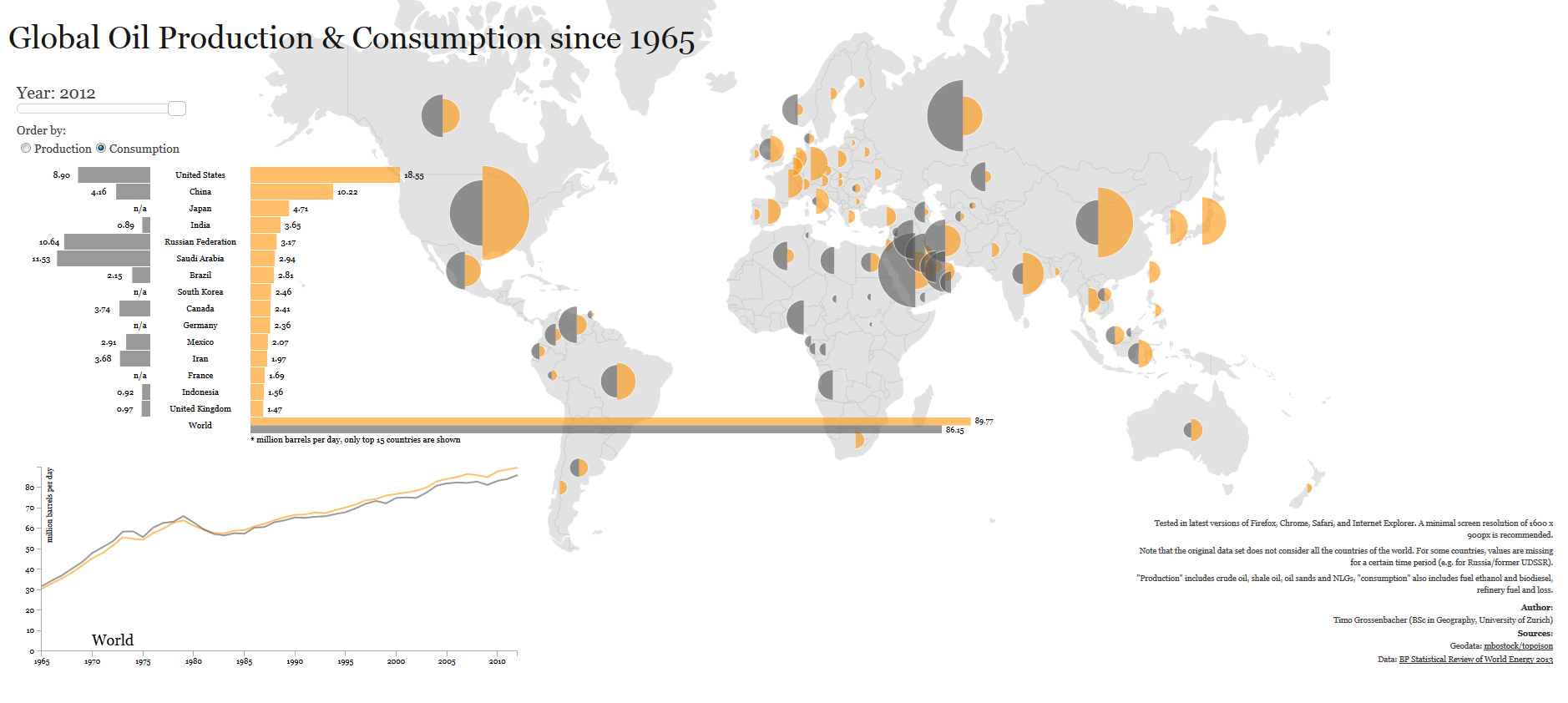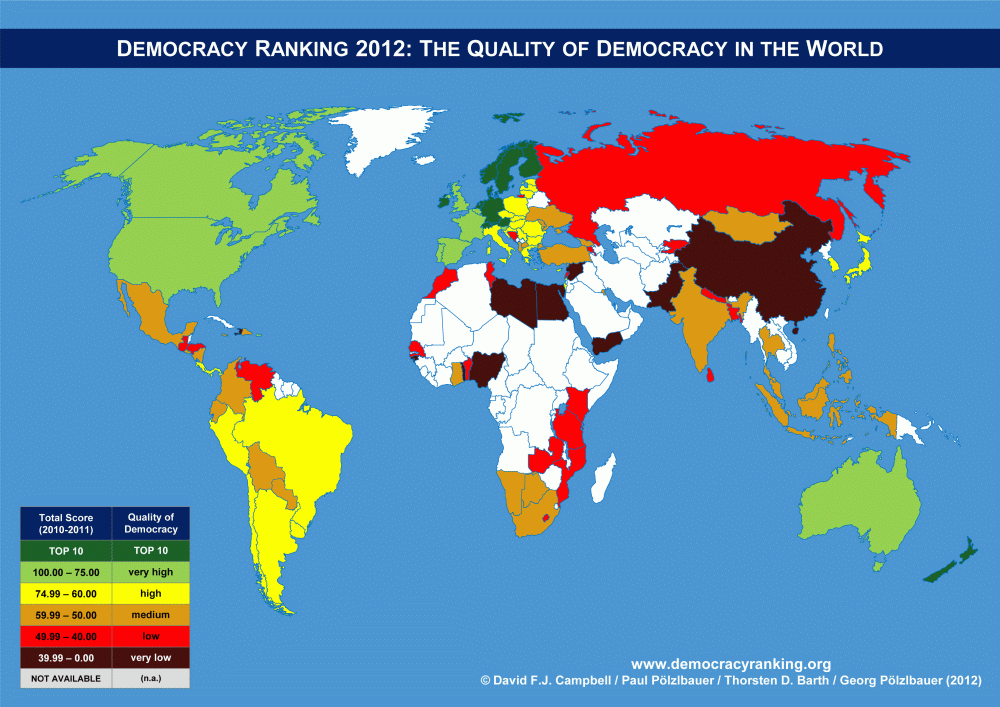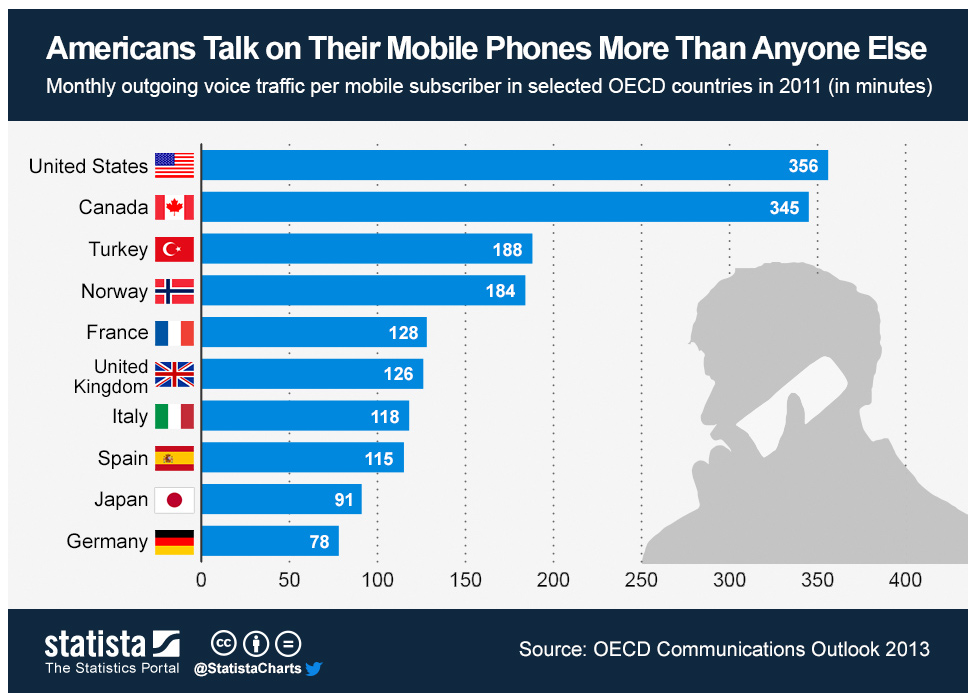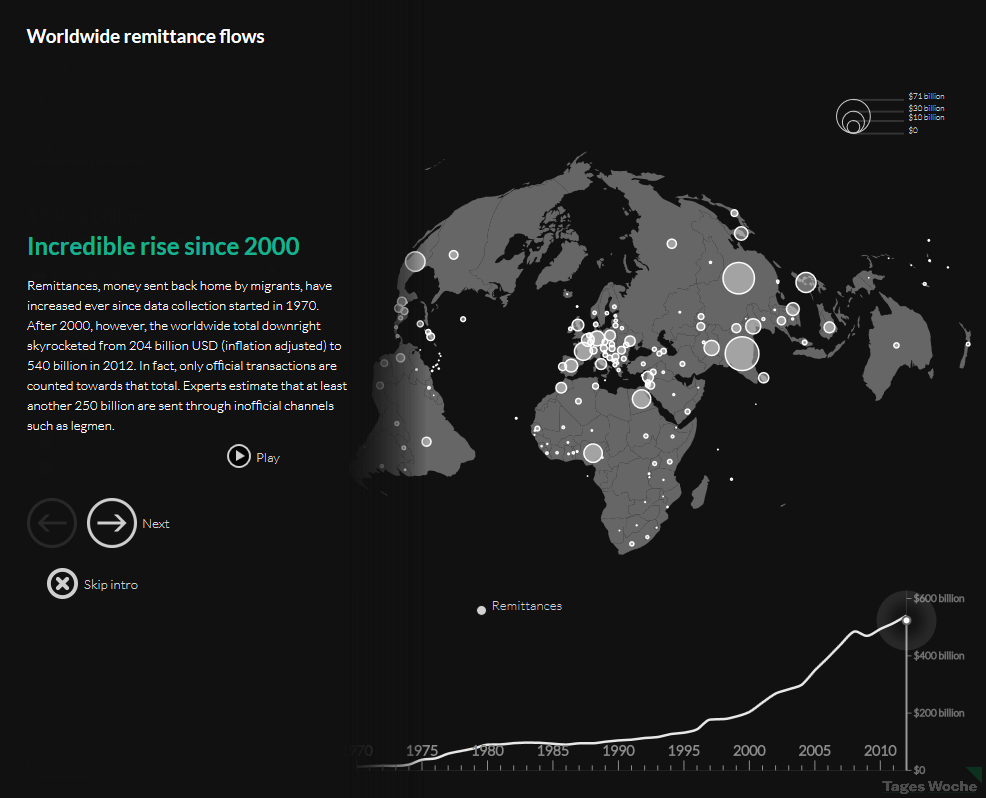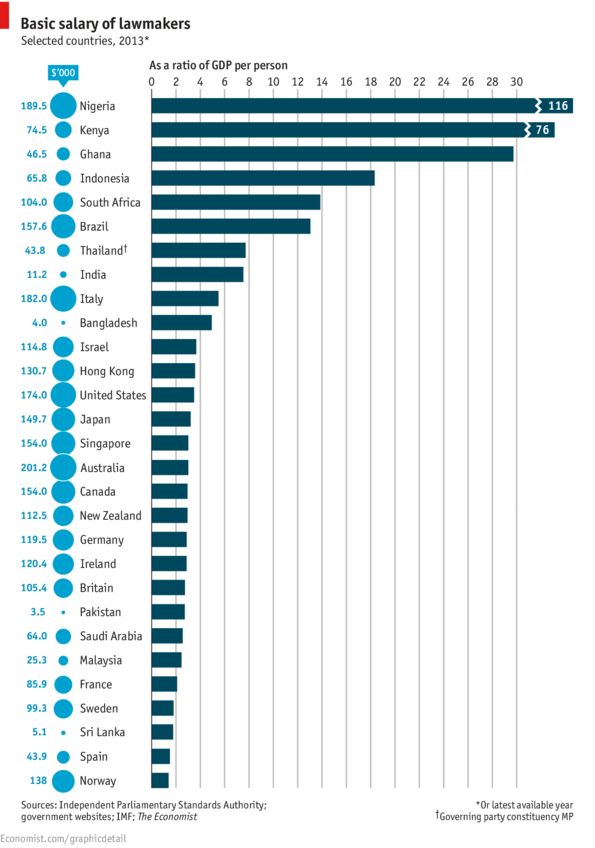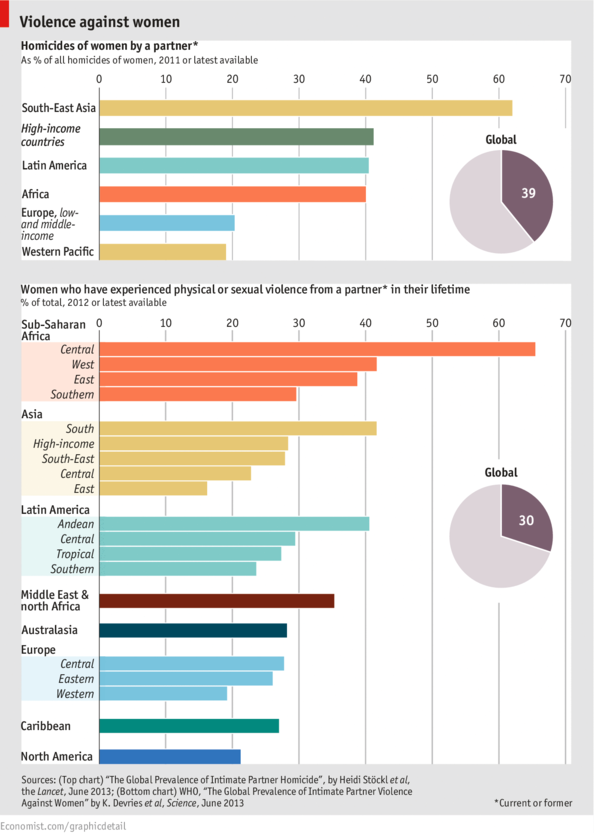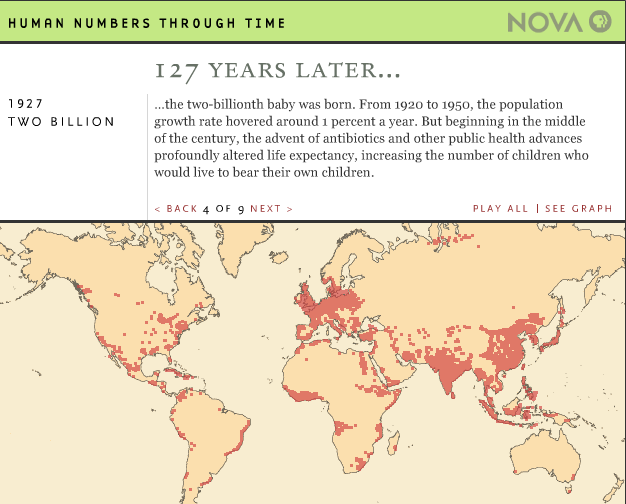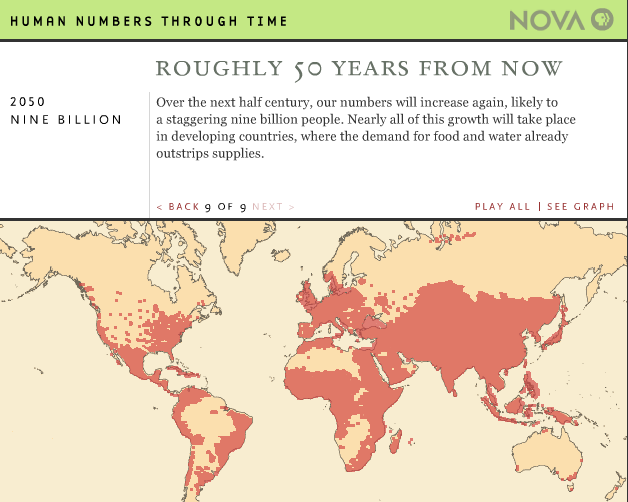 The number of deaths as a result of internal armed conflicts has increased dramatically from 37,300 back in 2007 to 178,300 in 2012. Internal conflict is defined as armed conflict between two parties, one of which is the government of that country.
The number of deaths as a result of internal armed conflicts has increased dramatically from 37,300 back in 2007 to 178,300 in 2012. Internal conflict is defined as armed conflict between two parties, one of which is the government of that country.
For 2012, the largest number of deaths have occurred in Syria (40.9%), Libya (17.3%), Mexico (14.2%), and Pakistan (5.2%). The areas of major conflict have switched from Iraq and Afghanistan back in 2007 to Syria and Libya in 2012.
Source: The Economist: Syria v Libya v Iraq – A numerical evaluation of recent conflict

